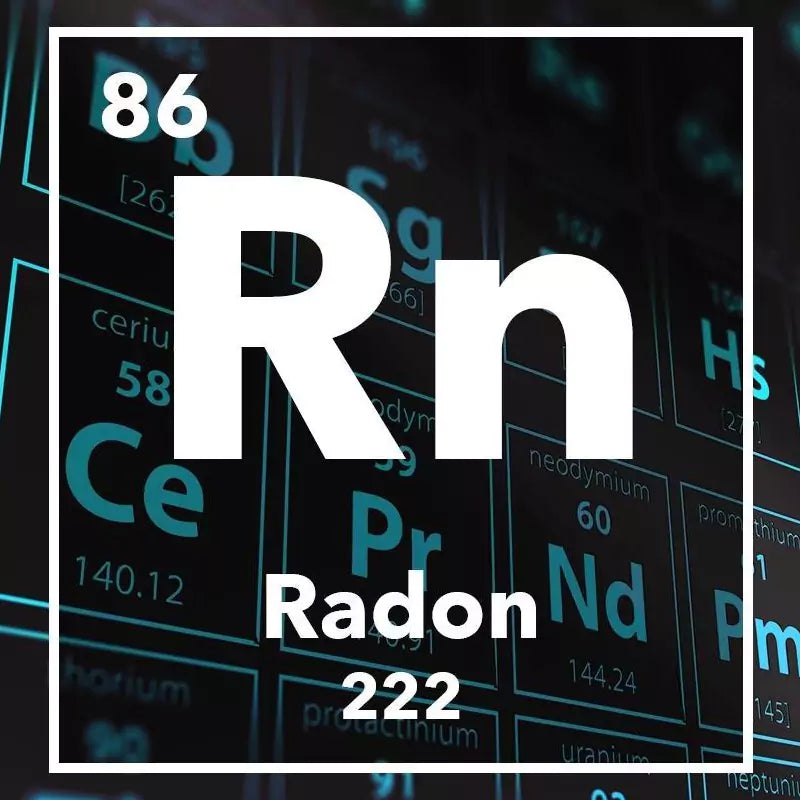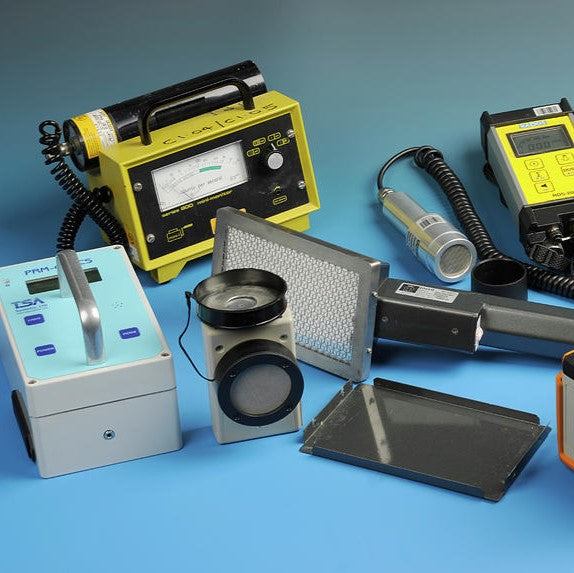Radon is a radiogenic gas that is colorless, tasteless, and odorless. It is created when uranium in rocks and soils naturally decomposes. Radon can also be discovered in water.
Once released into the atmosphere through the soil, radon decays to produce radioactive particles. These particles can settle on the epithelial cells lining the respiratory system, causing damage to their DNA and eventually culminating in lung cancer when inhaled. To avoid this, you need to maintain safe radon levels in the areas where you live and work.

Is there a safe level of radon?
Humans are endangered by the gas, which is radioactive. When inhaled, Rn can affect DNA in the lungs, thus causing lung cancer. The best rank of radon exposure is none at all. What is a safe level of radon? The Environmental Protection Agency recommends Rn mitigation measures when Rn concentrations are 4.0 pCi/L or higher.
It is estimated that one in 15 American homes has elevated Rn grades. Although many new homes are built with Rn-resistant materials or passive systems, more is needed to maintain safe grades in your house.
How does radon get into your home?
Any residential house can contain radioactive gas, Rn. Radon is an odorless, colorless gas released during the natural disintegration of uranium, which exists in nearly all types of dirt. It normally seeps out of the soil and penetrates your dwelling via crevices or other openings in the foundation. Rn may accumulate indoors.
What causes radon gas in a house? It can be present in both new and old houses, regardless of their condition or whether there is a basement. The main source of Rn in a home is soil air. Rn can sometimes enter a house through drinking water. In some cases, building materials can also release Rn, although this is rarely the main cause of a Rn problem.

How is radon measured?
The most simple method of measuring the content of Rn in the air inside a house is to use a passive detector, also called an air quality analyzer. These are small plastic boxes that do not need power, light up, or make any noise; they are just put in the room where measurements are taking place.
What are the acceptable levels of radon?
The ideal grade in the air is zero, but maintaining ranks below 2.6 pCi/L or 100 Bq/m3 is considered safe. Unfortunately, Rn cannot be eliminated. The average outdoor rank worldwide is between 5 and 15 Bq/m3, equivalent to 0.135–0.405 pCi/L.
What is a high radon level? Each increase in long-term exposure of 99.9 Bq/m3 or 2.7 pCi/L increases the risk of lung cancer by 16%. The lower the grade, the lower the health risk. Because it can accumulate indoors, it is essential to monitor grades regularly. Milerd radon detectors can help you spot rising ranks early and take appropriate action.
Acceptable grades may vary by country. The WHO recommends keeping levels in the air below 100 Bq/m3, or 2.7 pCi/L, and calls for Rn reduction measures to be taken if concentrations are higher. WHO also recommends an upper limit of 300 Bq/m3 or 8 pCi/L.
What level of radon is dangerous? In the US, the Environmental Protection Agency recommends operating at ranks of 4 pCi/L, slightly higher than WHO recommendations. If we reduce the grades below 4.0 pCi/L, it is possible that the number of fatalities caused by Rn exposure will decrease by half, and this can save over 10 thousand American lives.
How does long-term exposure to radon affect people?
Long-term exposure to Rn for 20 years or more increases the risk of serious health problems.
How long is radon exposure? People exposed to Rn for long periods of time may begin to experience symptoms of lung cancer, such as:
- Coughing up blood;
- Frequent respiratory infections;
- Persistent cough;
- Pain in the shoulders, back or chest;
- Dyspnea;
- Wheezing;
- Hoarseness;
- Fatigue;
- Loss of appetite;
- Swelling of the face and neck;
- Problems with swallowing;
- Weight loss.
The risk of developing lung cancer from Rn may be higher if you smoke or have smoked in the past.
Ways to reduce radon concentrations indoors
Reliable and economically sustainable techniques exist to stop Rn from coming into new buildings and decrease radon ranks in existing houses. New buildings’ building codes should consider Rn mitigating measures, especially in high-risk areas. Rn protective measures are included in the building codes of Europe, the USA, and China for new structures in many European countries.
Some common methods for reducing concentrations in existing buildings include:
- Increased ventilation of basements;
- Installation of a removal system in the basement or under a monolithic floor;
- Preventing the penetration of Rn from the basement into living spaces;
- Filling cracks and crevices in floors and walls;
- Enhancing the airing system of a building, particularly in relation to energy saving.
Passive Rn mitigation systems can be used to reduce indoor concentrations by over half. This will be achieved through the incorporation of forced ventilation.




Lasă un comentariu
Acest site este protejat de hCaptcha și hCaptcha. Se aplică Politica de confidențialitate și Condițiile de furnizare a serviciului.